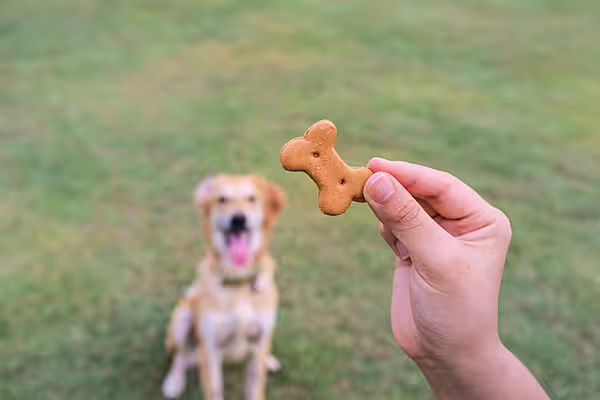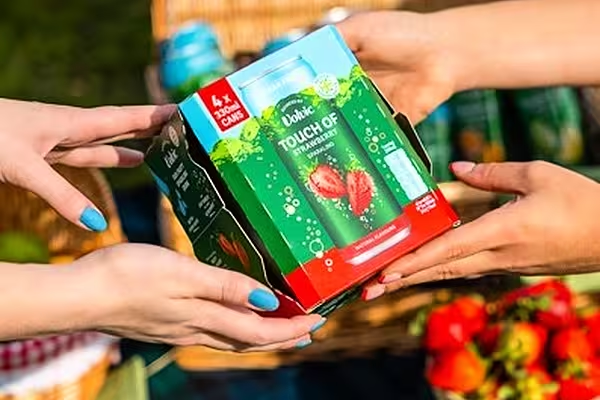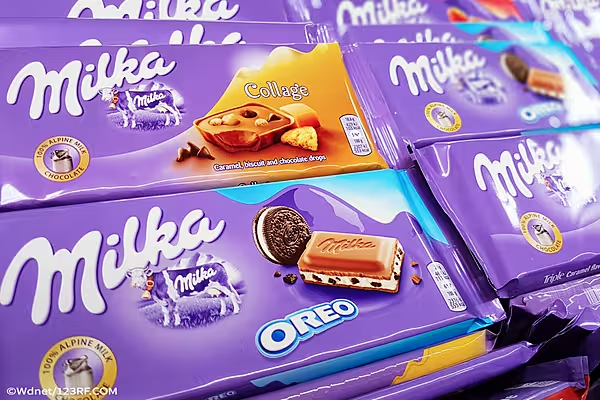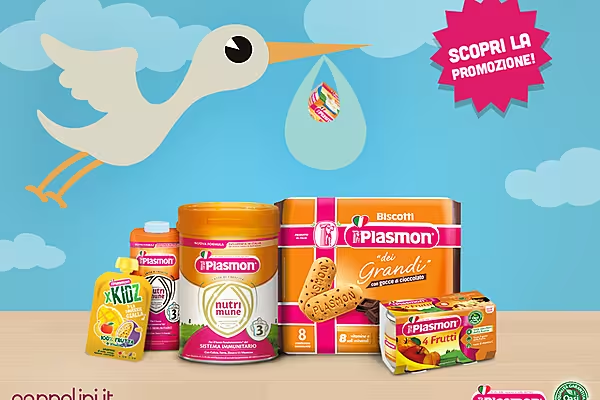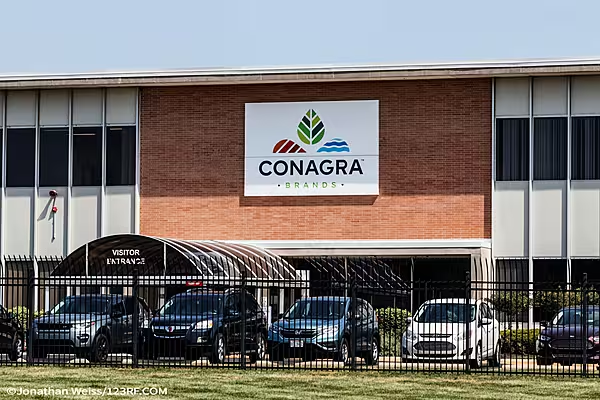Black short-haired kitty Astra, one of millions of pets acquired during the COVID-19 pandemic last year, had to go without salmon-flavored Whiskas treats that were sold out at stores in New Orleans this month.
Loki, an Alaskan malamute dog in Ontario, Canada, did not have his usual Royal Canin kibble in the food bowl.
North American pet owners are struggling to track down certain foods from major retailers like Amazon.com, Target Corp and PetSmart as the sector grapples with increased demand and strains on the supply chain.
Costs for pet food ingredients have climbed 8% to 20% since the pandemic began, according to U.S. industry group the Pet Food Institute, outpacing a 5.4% jump in consumer prices in the 12 months through June.
Higher prices of basic foodstuffs such as corn, soy and meat, on top of rising transportation and labor costs, are affecting all food supplies - both for animals and people - as the U.S. economy picks up steam.
"The pet supply chain isn't that different from the food supply chain," said Coye Nokes, partner at OC&C Strategy Consultants. "That has obviously been really stressed by COVID – whether it's the ingredients, raw materials, processing or downtime at different facilities."
Prices for U.S. corn and soybeans, key ingredients in many pet foods, reached eight-year highs this spring, pinching manufacturers that use the crops.
Increased Competition
Pet food makers are also facing increased competition for animal- and plant-based oils because more of those are going into renewable fuel supplies, according to the Pet Food Institute.
"Unprecedented price increases for ingredients and equipment jeopardize U.S. pet food makers' ability to plan and execute strategies that will ensure America's dog and cat food bowls are filled," the institute warned U.S. agriculture officials in a June letter.
Supply constraints are taking pet owners by surprise, and there are many more owners since the pandemic began. About 12.6 million U.S. households indicated they acquired a new pet from March to December 2020, according to the American Pet Products Association.
In New Orleans, Aura Bishop, 39, searched local stores for weeks to find her cat Astra's favorite treats, made by Mars Petcare. The company, the world's biggest pet food producer, declined to comment.
The shortages were an inconvenience for the writer and actress, who said Astra helped her cope with anxiety and depression during the pandemic.
"I wish she was less of a finicky eater and would eat other flavors," Bishop said. "It does feel a little silly to go on this quest to find specific flavors of kibble and treats."
Extra Work For Charities
Limited supplies have made extra work for animal charities like the South Shore Pet Food Pantry near Boston.
Cofounder Kristen Clancy said she reviews online wish lists for pet food on sites like Amazon and Target about every two weeks, instead of every two to three months previously, because products are more frequently sold out. She updates the lists manually to provide alterative items for donors to buy.
Over the U.S. Independence Day holiday weekend, Clancy said she updated all the items on her Target list because they were not available.
"It can be time consuming because we're looking for substitutions that are beneficial for the animals but are also cost effective for the people who are making a donation," she said.
Target declined to comment.
Amazon said pet food manufacturers are prioritizing top-selling items over niche products because of increased demand. Pet treats and food brands that focus on health and wellness are popular as more people treat their animals as family, according to the company.
Shopping Patterns Change
Retailers are working with suppliers to keep pace with customers' demand and changes in shopping patterns so they do not lose business.
U.S. consumers spent nearly $26 billion on pet food from July 2020 to July 2021, up 4.7% from a year earlier and 7.8% from two years earlier, according to NielsenIQ.
Supply shortages reduced online retailer Chewy's net sales by $40 million in the quarter that ended May 2, but they were still up 31.7% from a year earlier at $2.1 billion, the company said.
Operating profits for General Mills' pet division rose 6% to $415 million in the fiscal year ended May 30 as bigger net sales trumped higher input costs. The company, which sells Blue Buffalo pet food, recently bought Tyson Foods' pet treats business for $1.2 billion.
"Everything is doing well, because there's more pets and more premiumization, but you're seeing people switch faster than we've ever seen," said Bethany Quam, president of General Mills' pet segment, about changes in where people shop.
In Ontario, Mariella Garcia, 20, said she came up empty in June when she searched Amazon and PetSmart websites for a Royal Canin dog food made by Mars. At the time, COVID-19 restrictions prevented her from entering retail pet stores to shop for her dog Loki, named after the Marvel comic character.
"I was just in shock," Garcia said. "It's usually always in stock."
News by Reuters edited by Donna Ahern, Checkout. For more A Brands stories click here. Click subscribe to sign up for the Checkout print edition.
